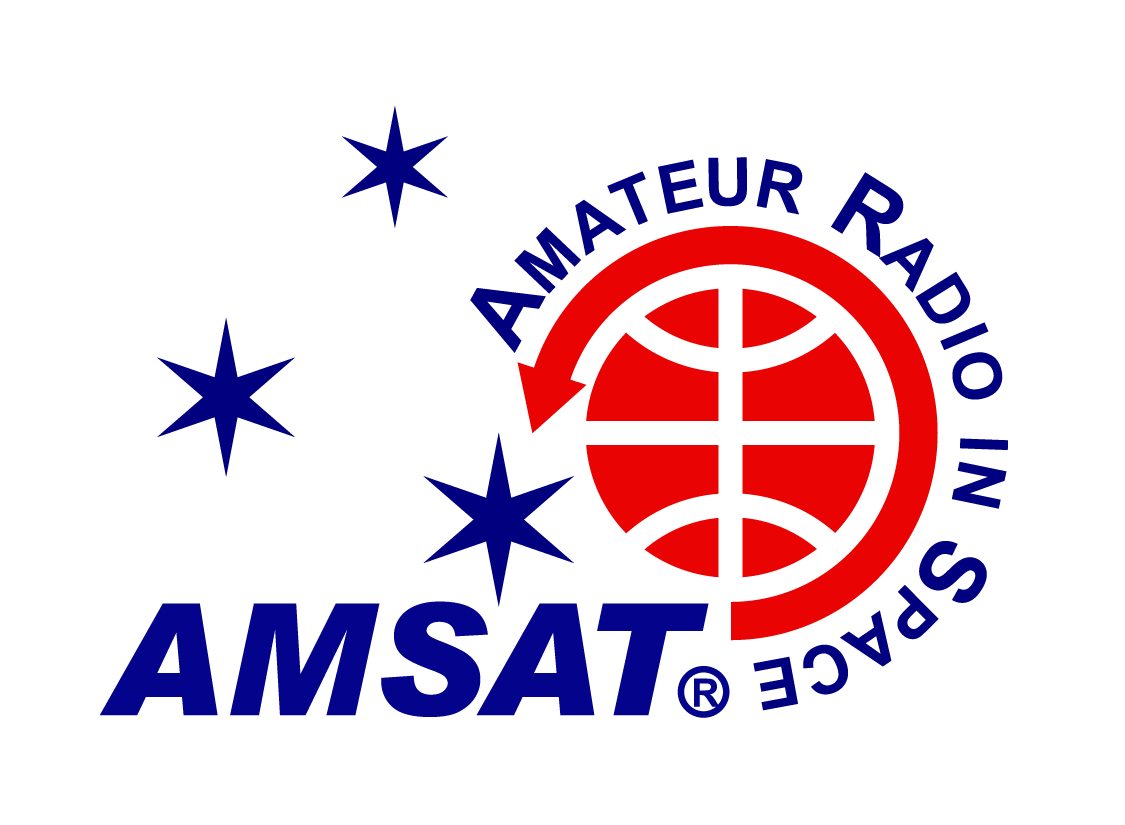Updated: April 27, 2025
Uplink: 435.250 MHz FM, no CTCSS/PL
Downlink: 145.960 MHz FM, +/- for Doppler
Due to battery deterioration, AO-91 is reaching the end of its life, but as of April 2025, it is active and available for use in sunlight only. It is operating in a basic mode without the onboard computer functioning, so except for short periods of testing, no telemetry is available.
AO-91 is the second of the Fox-1 generation of AMSAT-NA CubeSats. Due to battery deterioration, it is operating as a Carrier Operated Repeater, without the need for a CTCSS access tone. Signals are good, but with frequent dropouts.
The voice portion of the satellite operates as a cross-band or “bent pipe” FM repeater. The 2 m downlink and the 70 cm uplink, known as Mode-B or U/v, both use FM voice modulation and can be worked using the recommended equipment used for SO-50, and other FM satellites.
Please use the minimum power possible as a courtesy to allow stations with lower power to access the satellite. These are often portable stations activating rare grid squares or new satellite operators who need encouragement and consideration.
AO-91 is in a Sun Synchronous Orbit (SSO). The orbit is close to polar and all stations will see multiple passes daily. Unlike some satellites, the passes will occur at a station, any station, at approximately the same local time of day, with a pattern which repeats every few days. The AO-91 passes center on 0030 and 1230 Local Time (LT).
Subaudible Telemetry
AO-91 has an amateur communications package, plus other features and experiments, which will send continuous telemetry whenever the transmitter is on and the Integrated Housekeeping Unit (IHU) computer is active. Because of the strong downlink signal and extremely sophisticated error correction encoding of the data, very modest receiving equipment is needed to receive it.
In order to allow simultaneous operation of both the voice repeater and the housekeeping and experiment telemetry, an innovative system has been developed for low speed telemetry that will not be noticeable during normal communications. Normally amateur FM radios use the CTCSS tones for access and control of repeaters. These frequencies are in the range of 67.0 to 254.1 Hz. The Fox-1 series uses the 0-200 Hz frequency range for 200 bps low speed telemetry.
While any HT or other amateur FM equipment may be used for voice communications, not all will be satisfactory for receiving telemetry since the normal speaker and headphone output is blocked below 300 Hz to prevent what would be an annoying CTCSS hum. Some HTs and communications receivers will be satisfactory as long as they have a “9600 baud packet” or other unprocessed FM output.
Other info:
- https://en.wikipedia.org/wiki/Fox-1B
- https://www.n2yo.com/satellite/?s=43017
- https://db.satnogs.org/satellite/PMAW-9203-2442-8666-3249
- https://amsat-uk.org/tag/ao-91/
- https://www.n2yo.com/?s=43017
- https://space.skyrocket.de/doc_sdat/fox-1b.htm
- http://aar29.free.fr/sat/ao91/history.php
- https://nssdc.gsfc.nasa.gov/nmc/spacecraft/display.action?id=2017-073E
